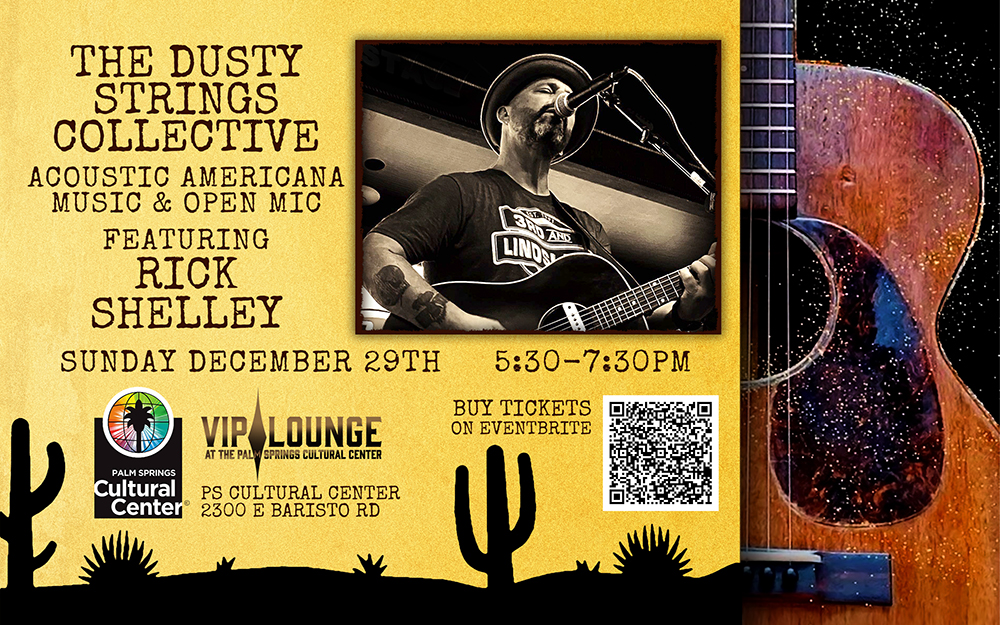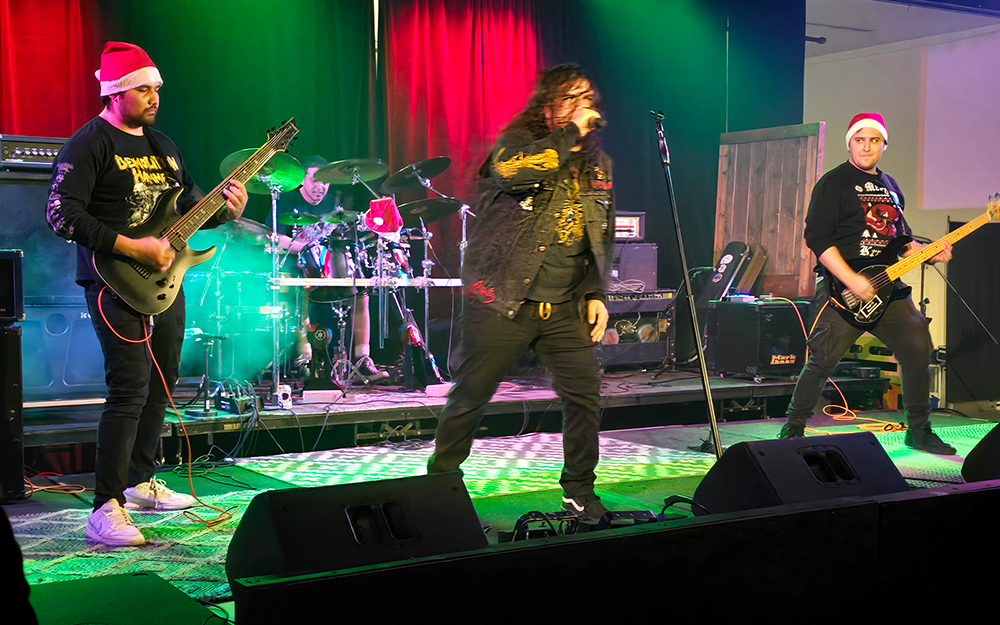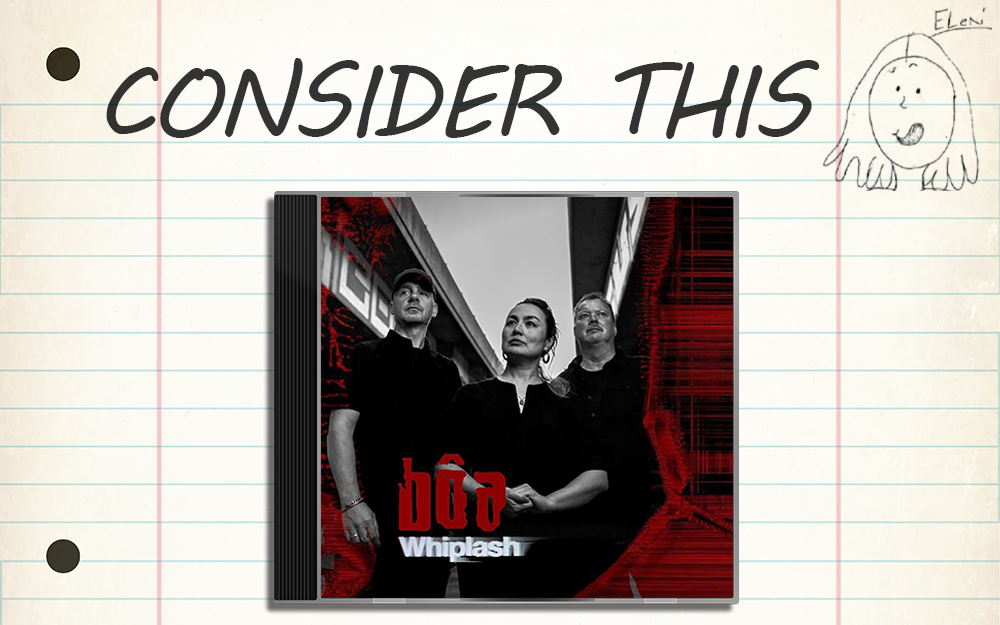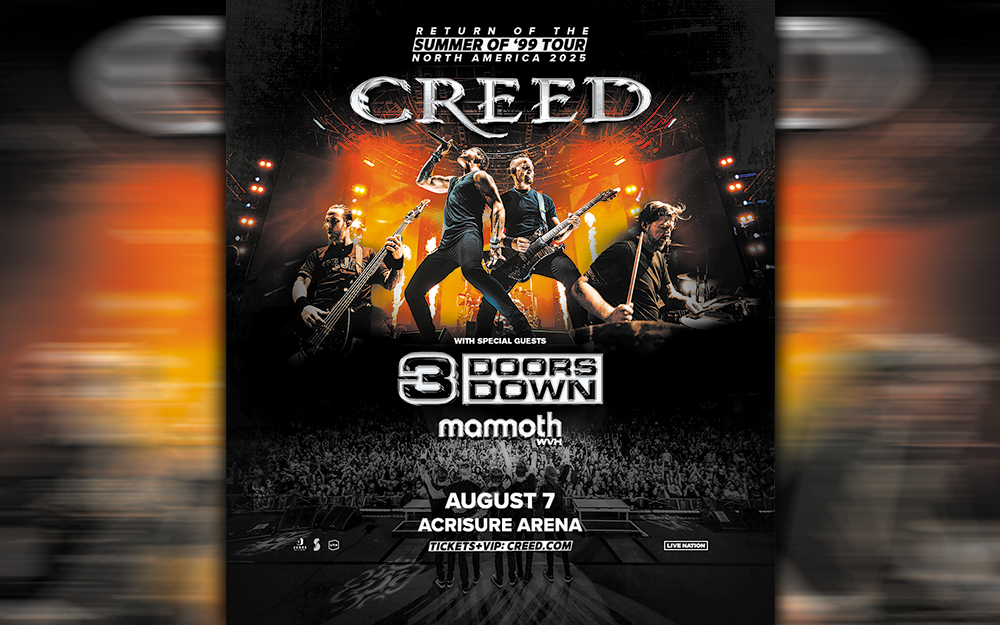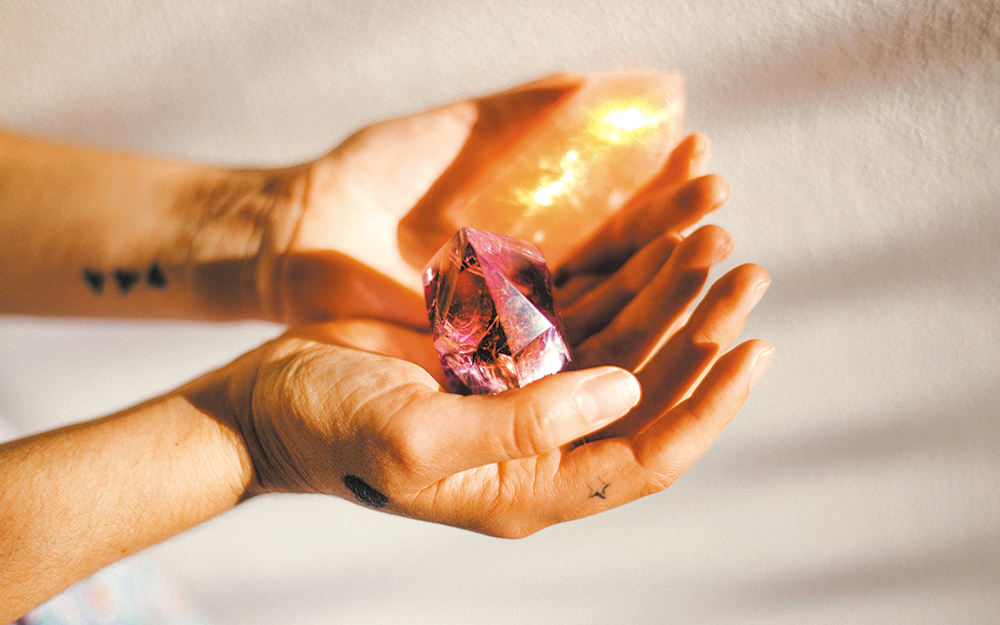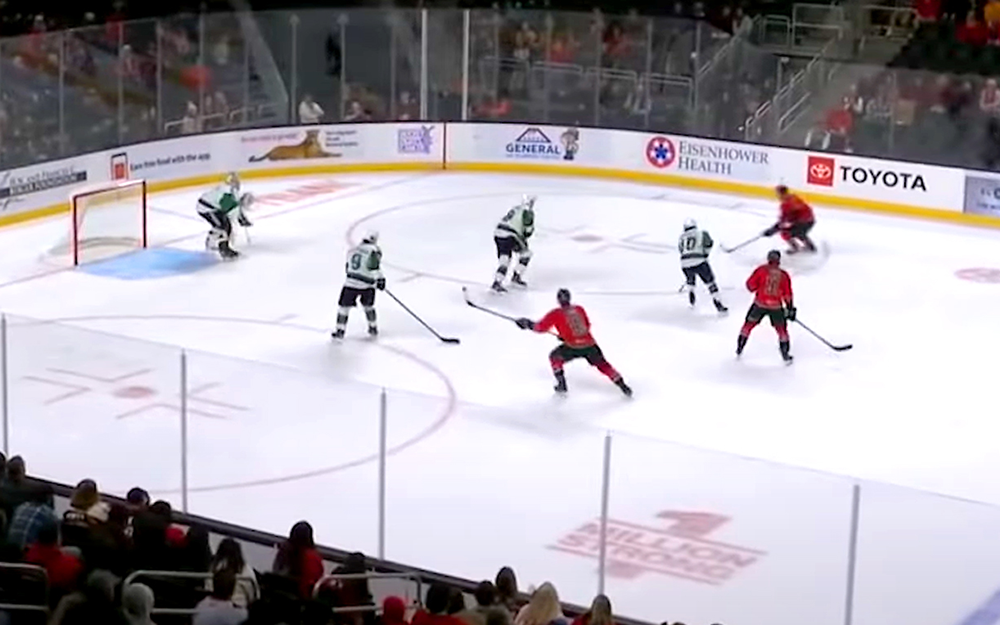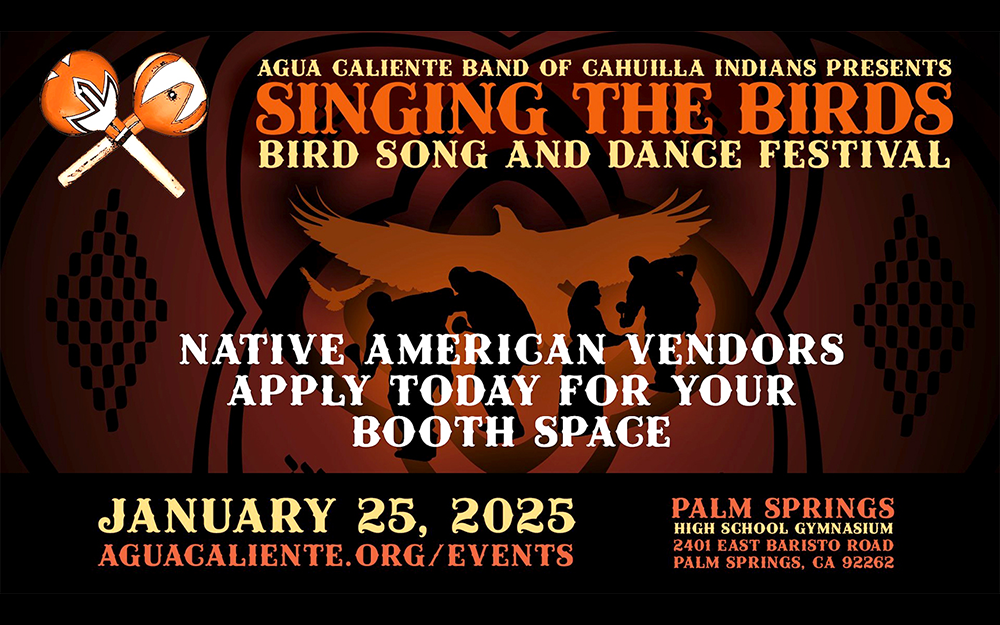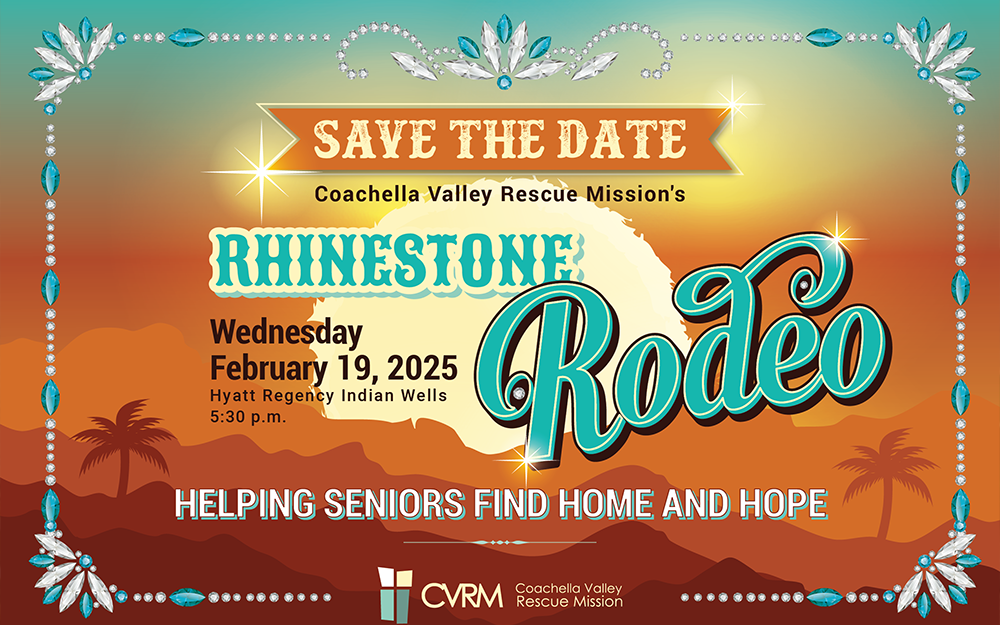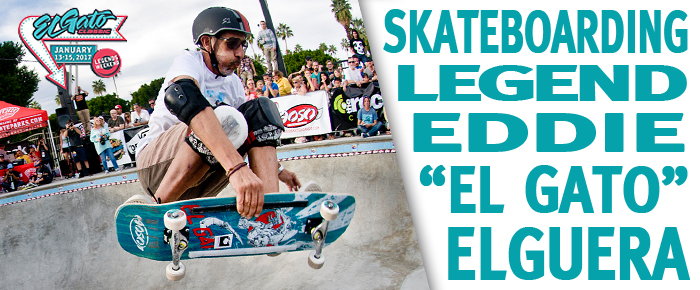
By Gilbert Ward Kane
CV Weekly: You are a legend and innovator in vert. What got you into skating?
Eddie “El Gato” Elguera: “I started back in 1970. My brother used to surf. When there were no waves, they would skate. Back then they were little boards with clay wheels. I would borrow their boards and ride them on my knees, and I really liked it. I would look in the surfer magazines. The surfer magazines would have advertisements of new wheels that were coming out. I want to say this was in ’73. The wheels were urethane wheels. That was a cool thing, and then Skateboarder Magazine came out, and I started to mimic them. I lived in Arrowhead at the time and really got into it. I had no idea skateboarding would be a part of my life forever.”
CVW: Very early on in your career, you were World Champion twice. How did that change your life?
El Gato: “As the magazines started to come out, I started progressing. I saw the skating pools and started looking for empty pools to skate. Then a skate park opened in Colton. At the grand opening, The Hobie skate team was there and saw me skateboarding and asked me to join the team. I had some shop sponsors before, but they were my first real sponsor. From there, they asked me to compete. I had no idea if I was good, and how I would compete against the guys in the magazines. In February, 1979 I started entering amateur contests and in April, 1979 I became the national champion in bowl riding. After I won that, they wanted me to turn pro. I turned pro in the summer of 1979. I started inventing tricks. I had a coach, Dale Smith, who told me if I wanted to win, I had to come up with tricks nobody had done. Back then, inverts were innovative. Bobby Valdez invented the invert in the Hester Series in 1978. So he said, ‘We’re going to do a 360 invert.’ At first it was called the ‘fakey flip.’ I learned it in a day. Nobody was able to do a 360 in a bowl before. Eventually, we called it the ‘Elguerial.’ a combination of my name Elguera and arial. So I brought that out in my first contest and started winning contests. Then I invented the ‘front side rock ‘n roll,’ ‘rock fakies,’ ‘board slide fakies,’ and ‘fakie ollies.’ Within that first year, I won 2nd overall in The Hester Series. The thing was, I didn’t enter the first contest of the series. If I would have, I may have won 1st overall. By the end of the year, I won Skateboarder Of The Year, and Most Spectacular New Maneuver. From February to the end of the year, I’d accomplished so much. In 1980, they had The Gold Cup Series. After inventing some new maneuvers and honing my other maneuvers, I won The Gold Cup Series by the end of 1980. Two years in a row I won. I got sponsors, travelled the world, and got money. By this time, I was 18 years old and quit skating. It gave me opportunities to travel, and make money doing what I love, and be in magazines and music videos. I had my own board out and had my own shorts. The ‘El Gato’ shorts by Mad Rats.”
CVW: DEVO is my favorite band ever. How did the chance to skate in their extremely weird video for “Freedom Of Choice” come about?
El Gato: “When DEVO first came out, they had weird music and were embraced by skateboarders. They would wear Rector Pads and wear helmets on stage. They got ahold of Rector Pads and told them they wanted to do a music video with skaters. Mike Rector contacted a bunch of legendary skaters like Tony Alva, Stacy Peralta, Steve Olson, myself and a bunch of others. In one scene Dave Andrecht and myself jump the double canyons in the bowl at Marina. Some of the video was filmed at the park in Marina Del Rey. It’s neat to look back and know I was a part of it.”
CVW: You fell into a dark hole with your substance abuse. How did you find your way out of it?
El Gato: “In 1980 I stopped skating. Even though I won, it wasn’t fulfilling. I felt there had to be more to life. Through that time I started drinking, and smoking and doing a little drugs for a few years. I lost everything I had. I still didn’t have the desire to skateboard. During that time, I worked in my brother’s restaurant in Arrowhead. There was this lady that came in, and we started talking, and thanks to her, I gave my life to Jesus Christ. I realized that fulfillment wasn’t going to come through skateboarding, being in magazines, money, nor fame. It was going to be through Jesus Christ. God created me for a reason and purpose. I started going to church and got a bible and starting seeking what my purpose was. After I started doing that in 1983, I met my wife in church. In 1986, God began speaking to my heart about skateboarding again. He told me, ‘I gave you this talent for a reason. Before, you weren’t using it for that purpose, but now you can find fulfilment.'”
CVW: How has your skateboarding career helped you get your message across? Did you face any resistance being the skateboarding world is often looked at in a negative light?
El Gato: “I definitely got back into because I felt God wanted me to get back out there as a gift and talent to be a light and to be a witness to people who are going through the same thing. The purpose wasn’t to go out there and bash them and be a Bible basher. It was to love on them and show them I’m back. I may not be on top again, but it’s not about being on top. It’s about going out there and doing what I’m created to do. It opened doors for me to go to different places and share my story. I started going to youth groups. I wasn’t a speaker. I never thought about being a Pastor or speaker. It just worked out. A world champion skater is going to come and share his story. ‘This is where I was. I was at the top. I lost everything. But when I gave my life to Christ, all of a sudden my life changed.’ During that time, I would do some crusades and events. In 1989 my wife and I ended up with an opportunity to be the director of a skateboard camp in Wisconsin called Lake Owen. It was a sister camp back in the day to Woodward. In 1993, my wife and I moved to San Bernardino and I became a youth Pastor at The Rock Church. In 2006, I was able to plant my own Rock Church here in the Coachella Valley.”
CVW: What drew you to the desert and made you decide to bring The Rock Church out here?
El Gato: “Well, you know, I came out here a bunch of times to skate. I had some friends out here in skating. Our Pastor asked, ‘Where would you like to go to plant a church?’ The right answer for a lot of people would probably be, ‘I want to go to the beach.’ Nobody says, ‘I want to go to the desert.’ But I don’t know, it just had a drawing. My wife felt God was speaking to her, and I felt God was speaking to me. We came out here not realizing that I was a part of the history of skating here – being the first skater to skate the nude bowl. The Nude Bowl became legendary world-wide in skating.”
CVW: Can you tell me more about The Rock Church Of Coachella Valley?
El Gato: “It’s a non-denominational Christian church. We have a saying, ‘We’re loving people to life.’ I think a lot of people have this idea that God is condemning and points finger, ‘I know what you’ve done.’ God is not about pointing out how bad you are. God came to love. If you look at the Bible from beginning to end, it’s about His love for humanity, not condemning them. The Bible says, ‘For God so loved the World.’ So, we’re learning to try not to be religious. Religious is man trying to get to god, but Christianity is that relationship. We’re trying to say God loved us to life, he didn’t love us to death. As I share with the congregation, I’m not going out to skaters to tell them how bad they are. I’m there to say, ‘You know what? God loves you. God Cares about you.’ It’s not my job to point out sin. It’s my job to love. The Bibles says we are called to love. We have some contemporary music. Our son is our worship leader and we use progressive music. We use a lot of the arts and we use social media to get things out. We have a SnapChat and Instagram, @therockcv. If people go there, they’ll see our stories. We stream our services on facebook. We just want to get the message of God’s love out to the valley.”
CVW: What inspired you to create the El Gato Classic?
El Gato: “A few years ago, I noticed that I wanted to keep history alive. Stacy Peralta has put together a documentary about Dogtown and Z-Boys‘ story about skating empty swimming pools. He did a documentary on The Bones Brigade. But there’s an era in between that I think is forgotten. It’s the era of forgotten bowl riders. I didn’t want that left out of history. I wanted to gather all the guys that took history from where The Z-boys left it to the new place where it became progressive, and taking to a new level of tricks and styles. So I wanted to bring together the guys from the first Hester Series up to The Gold Cup Series. That was kind of the era where a lot of the foundations of what skateboarding became in vertical and bowl riding. Skaters like Tony Hawk were inspired by that era. I want to honor the past but champion the future. I want to let everybody know if you honor the people who came before you, and champion the future, skateboarding will always continue on. It’s never going to die. A lot of the guys who pioneered the sport, never got the recognition. There was no internet, there were no videos. You would get shots in a magazine. I wanted to bring them and say, ‘Thank you for everything you’ve done.’ It’s a reunion. A lot of them think it’s better than any high school reunion because we were all kind of family when we competed. This is our third year. This year we’re doing our ‘Generations’ contest. It’s six teams. They consist of a legend, a pro, a female, and an amateur. The teams are drawn from a hat. It’s a random thing. That will be on Saturday.”
CVW: In closing, I wanted to thank you for everything you’ve done for our community. Your life story and accomplishments are truly inspiring.



